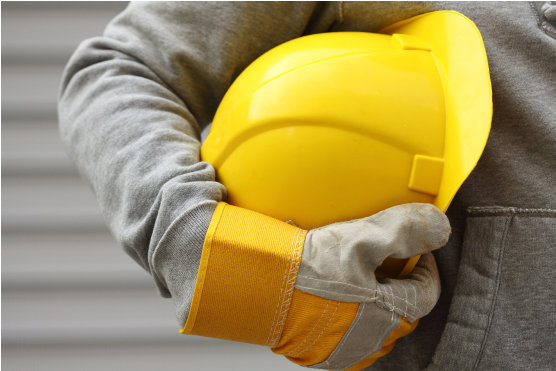Manual Handling
A comprehensive online course covering the key aspects of manual handling and its risks.

Manual Handling
£200.00
VAT Free
Not in work?
Not a Job Centre Job Seeker?
You could qualify for FREE
Government Funded training
- Earn discounts
- Receive reminders
- Keep training records
- Track progress

Subtitles: Arabic, Spanish
Duration: 1hr
Retakes: Unlimited
Overview
This course is designed to give the learner a good understanding of how to safely undertake a manual handling operation. It covers topics including: what is manual handling; the legal requirements behind manual handling operations; risk assessment; manual handling techniques; etc.
Section One: What do we mean by the term, Manual Handling"?
After setting the scene for the coursein the introduction, we move into this very short section of the course to explore the question of "what is manual handling?".
Section Two: Legal Requirements
In this section, we take a look at the law regarding manual handling. This includes a very brief description of how Acts of Parliament are introduced and then draws our attention to the main Act and accompanying Regulations that underpin health and safety with regard to manual handling operations and management.
Section Three: Problems that can be caused by incorrect manual handling
In this chapter, we look at the dangers of poor manual handling and possible musculoskeletal injuries that can result from it.
Section Four: The Structure and Function of the Spine
To aid understanding of the injuries discussed in Section Three, this section gives a brief description of the structure and function of the spine. This section also describes how ligaments and tendons function as connective tissue for bones and muscles repectively, and how these can be damaged through poor manual handling.
Section Five: Assessing the Risks of Manual Handling Operations
This chapter is all about looking at the manual handling task and conducting a risk assessment to ensure that the operation is conducted in a safe manner. This is probably the most crucial aspect of any manual handling operation.
Section Six: Manual Handling Techniques
This is the chapter where all the action is! It covers the various techniques that are considered to be good practice when carrying out manual handling tasks.
Section Seven: Employer Responsibilities
This final chapter makes you aware of your employer's responsibilities, under health and safety legislation, for conducting manual handling risk assessments. It concludes, almost as course revision, with the Health and Safety Executive's own "Lifting Code".
Course Syllabus
-
A Guide to Manual Handling
After setting the scene for the course, we go on to explore the question of "what is manual handling?". It further goes on to look at the legal requirements, expectations and responsibilities around the subject. Next, we look at the dangers of poor manual handling and possible musculoskeletal injuries that can result from it. To aid understanding of such injuries, the chapter also includes a section on the spine and how it attaches to muscle and bone. We then exlplore the manual handling task and conducting a risk assessment to ensure that the operation is conducted in a safe manner. This is probably the most crucial aspect of any manual handling operation. Next up are the various techniques that are considered to be good practice when carrying out manual handling tasks. Finally, we examine the employer's responsibilities, under health and safety legislation, for conducting manual handling risk assessments. It concludes, almost as course revision, with the Health and Safety Executive's own "Lifting Code".
-
Unit 2
XAP
Obtaining your certificate
You will need to pass a multiple-choice exam at the end of the course in order to gain your accreditation. Once passed, we will send your official certificate by email.
Popular Courses

Overview
This course combines The Digital College courses "Level One Award in Health and Safety in a Construction Environment" and "Preparation for the CITB health, safety and environment test" to enable you to attain a CSCS "Green Card" as quickly as possible. This includes applying for the card on your behalf. Nothing extra to pay; all training, exam and card costs included!

Overview
This qualification is aimed at learners who currently work, or want to work, in construction and successful completion will enable you to move on to take the CITB health, safety and environment test, and then apply for the new Construction Skills Certificate Scheme (CSCS) Green Card. This card allows access to construction sites in the UK as a non-skilled worker.

Overview
Our Food Hygiene Level 2 course covers food hygiene, food hazards, food poisoning, how food becomes unsafe, personal hygiene, awareness of contamination, time and temperature factors, proper cleaning and sanitizing, premises and equipment and food handling responsibilities. This is the food hygiene level 2 course, which is perfect for anyone prepared or handling food.